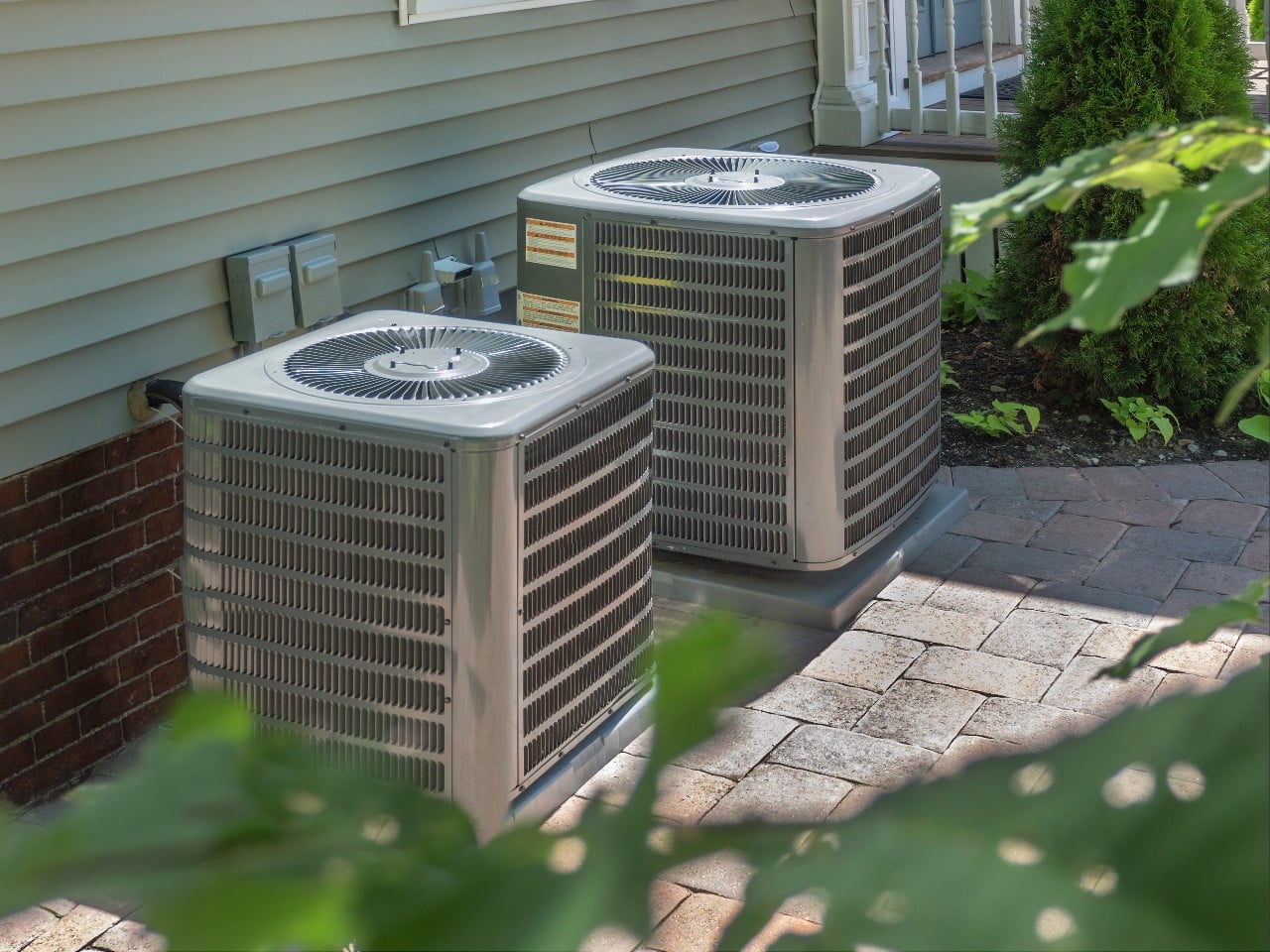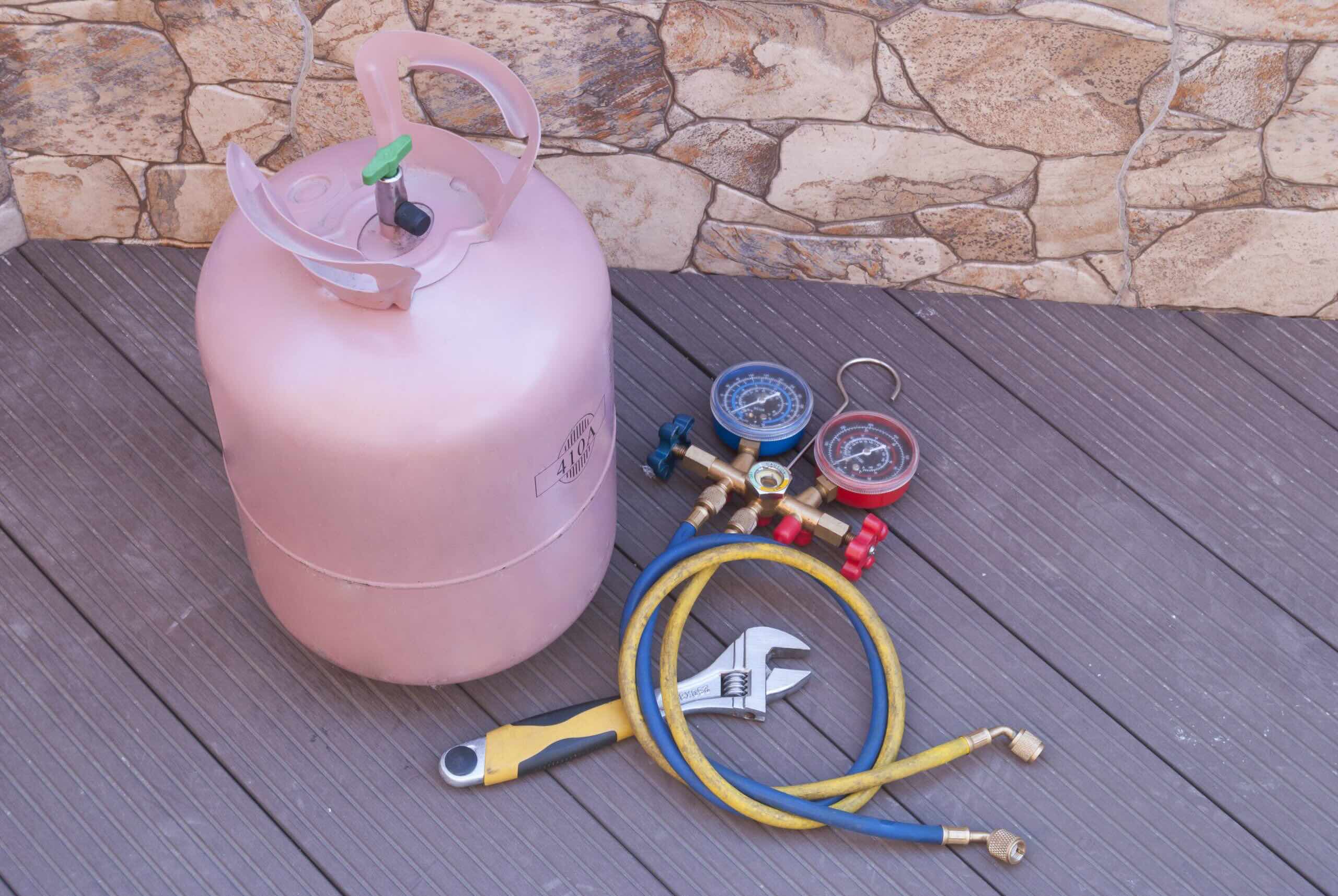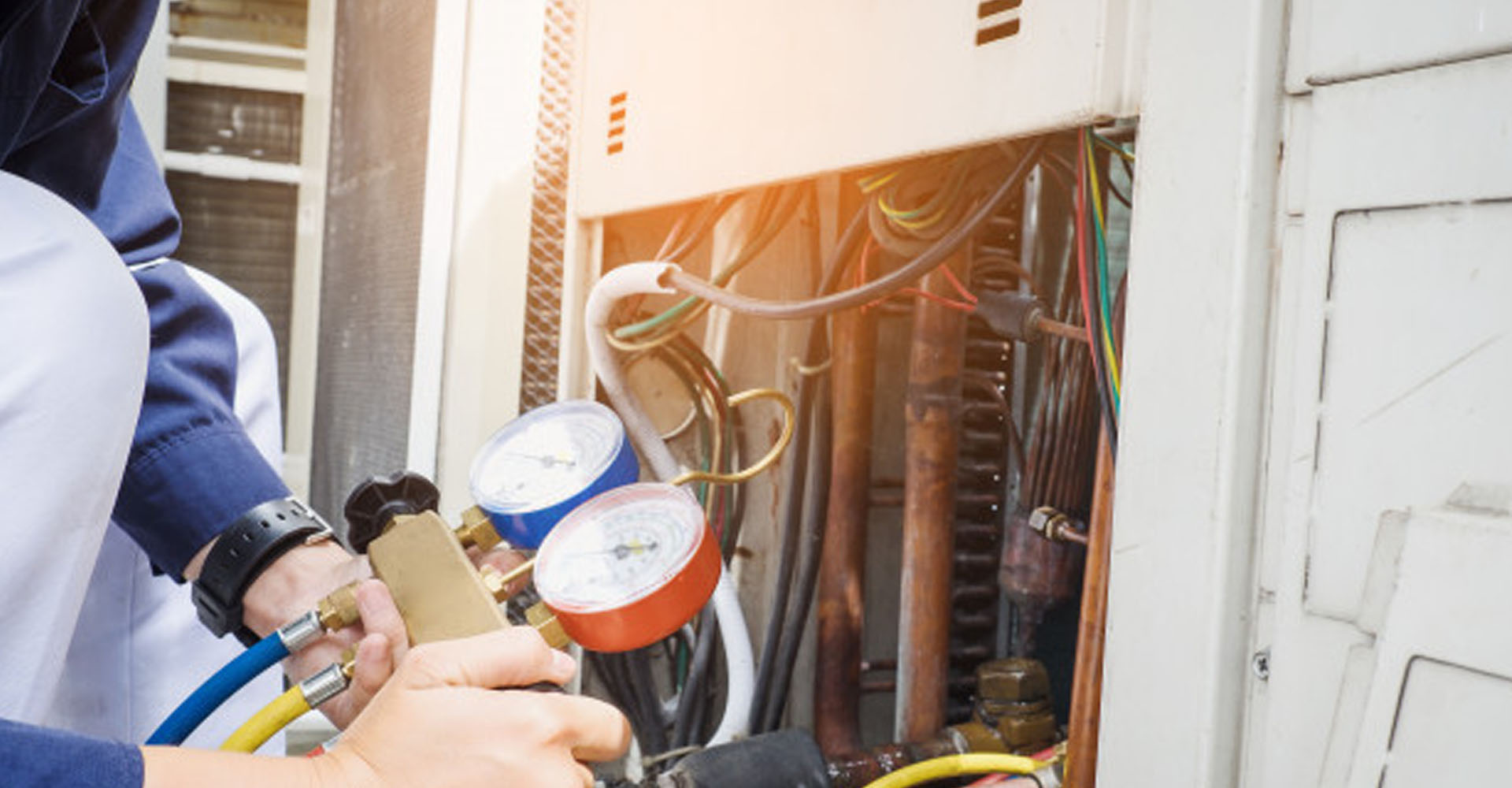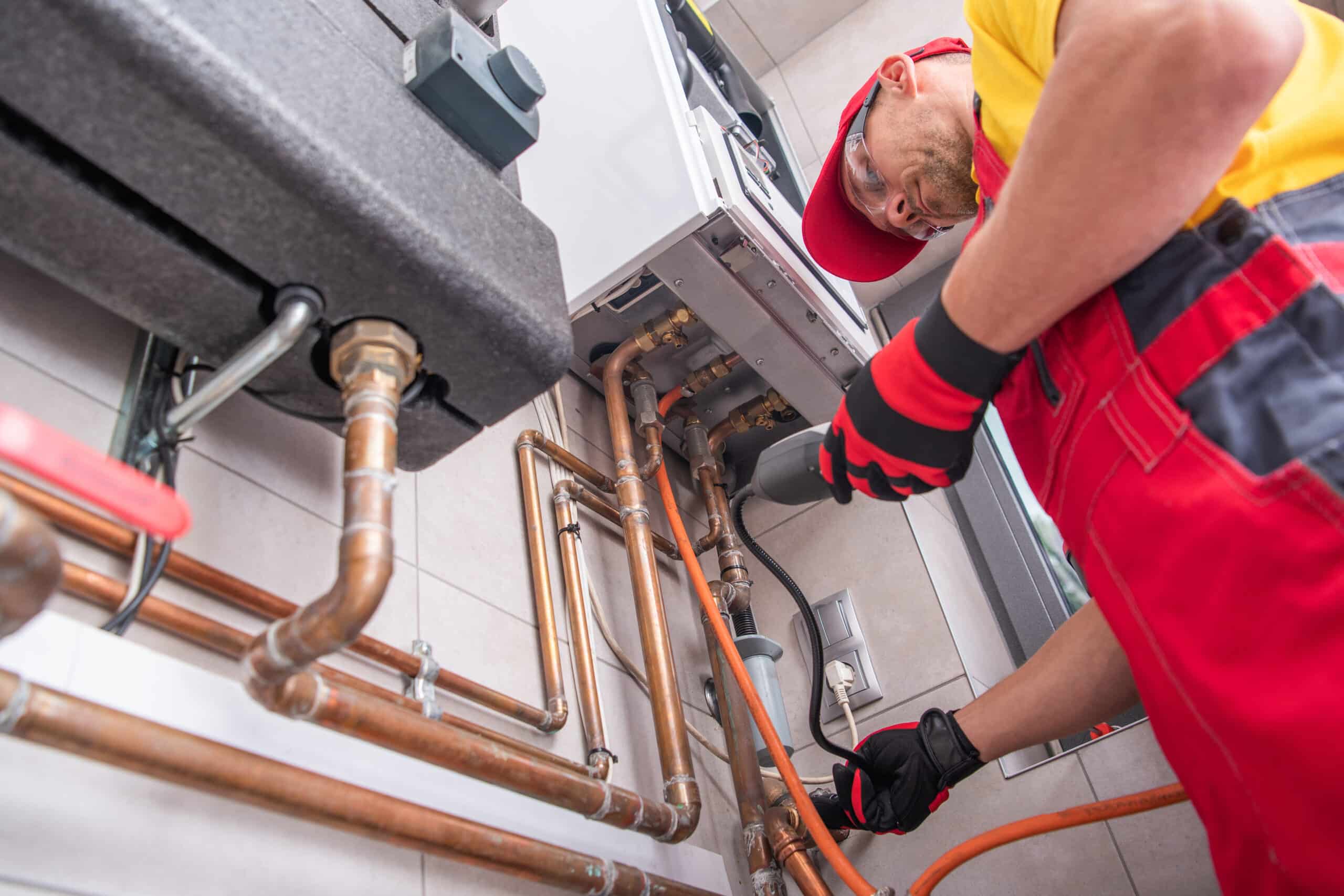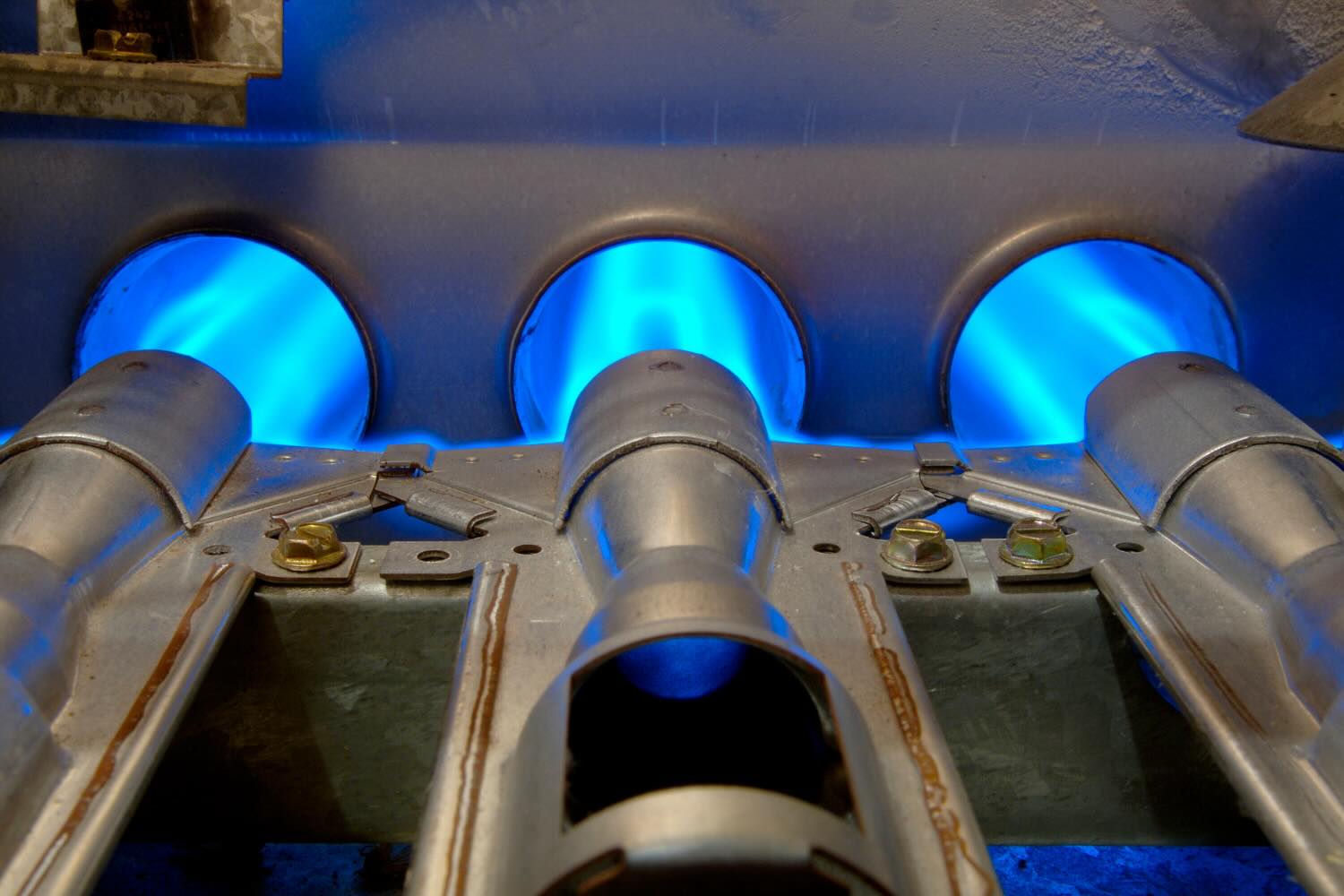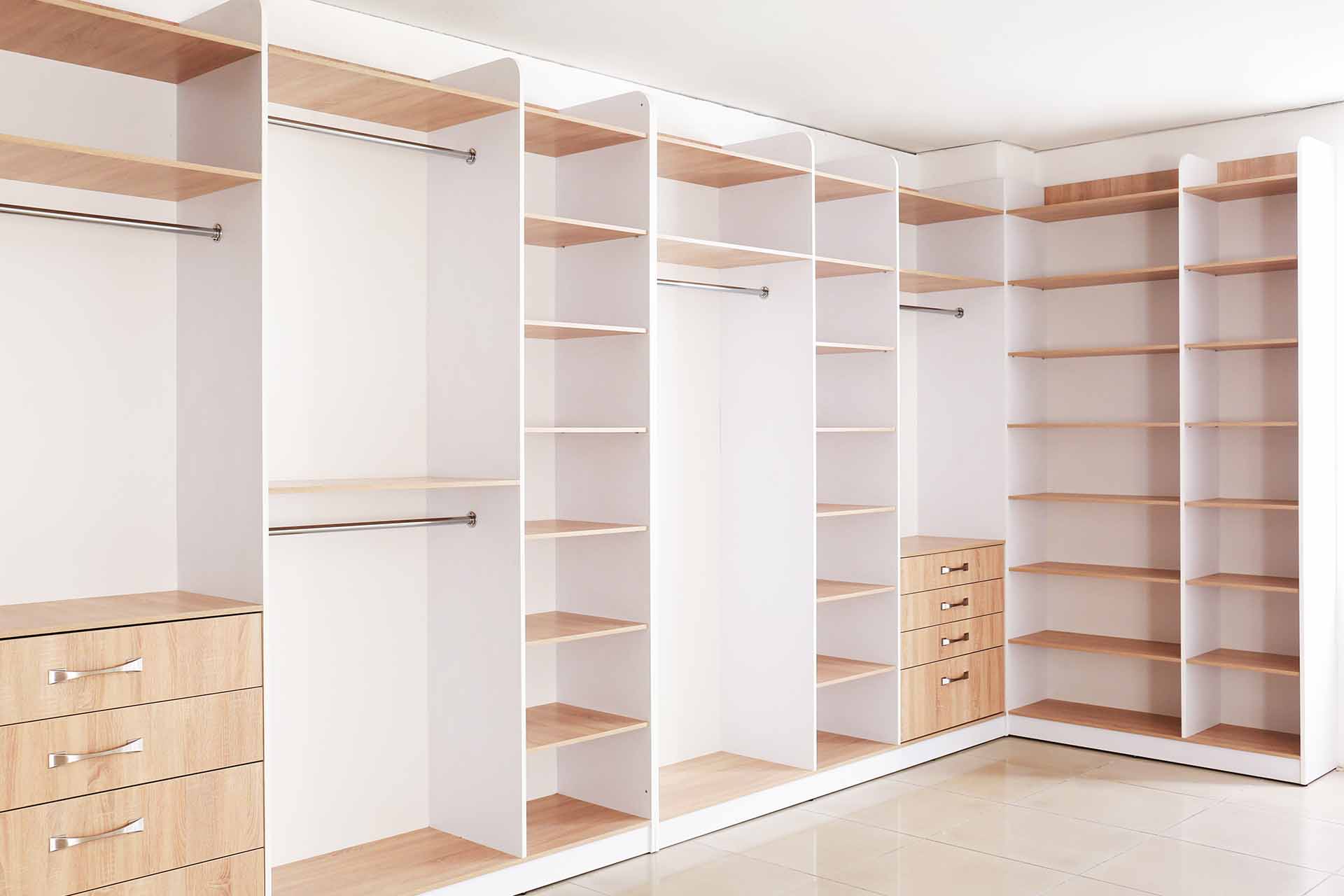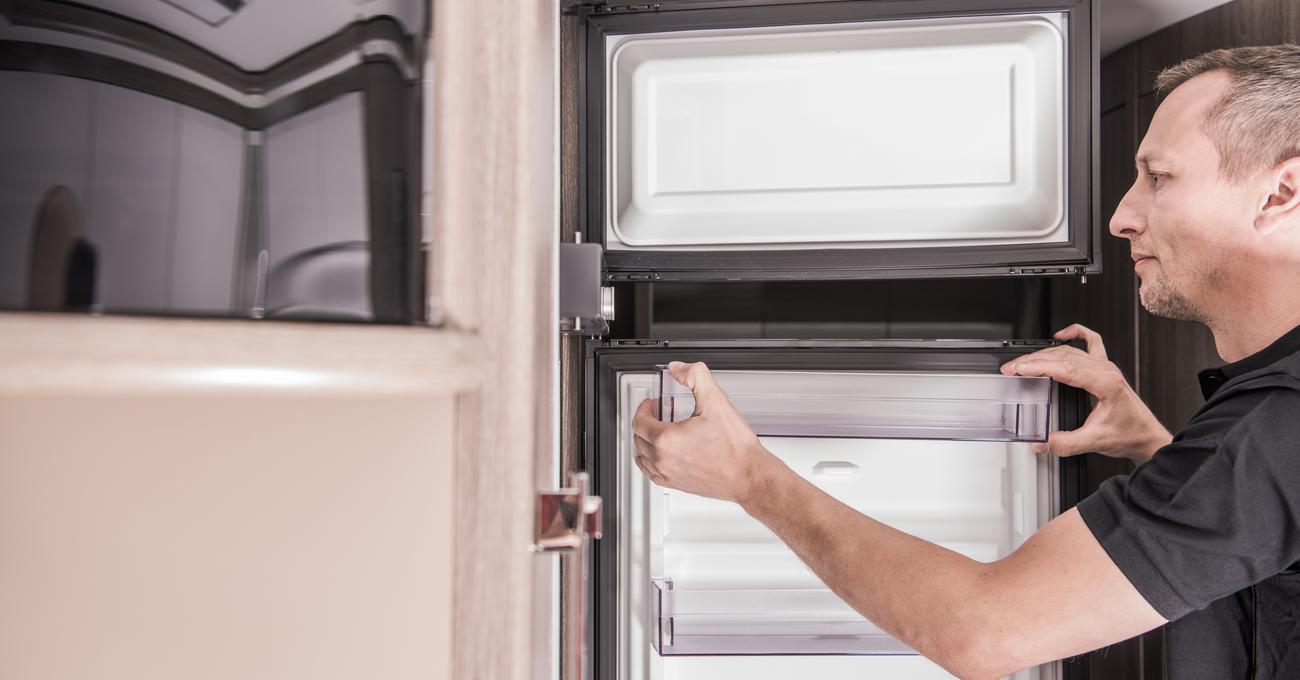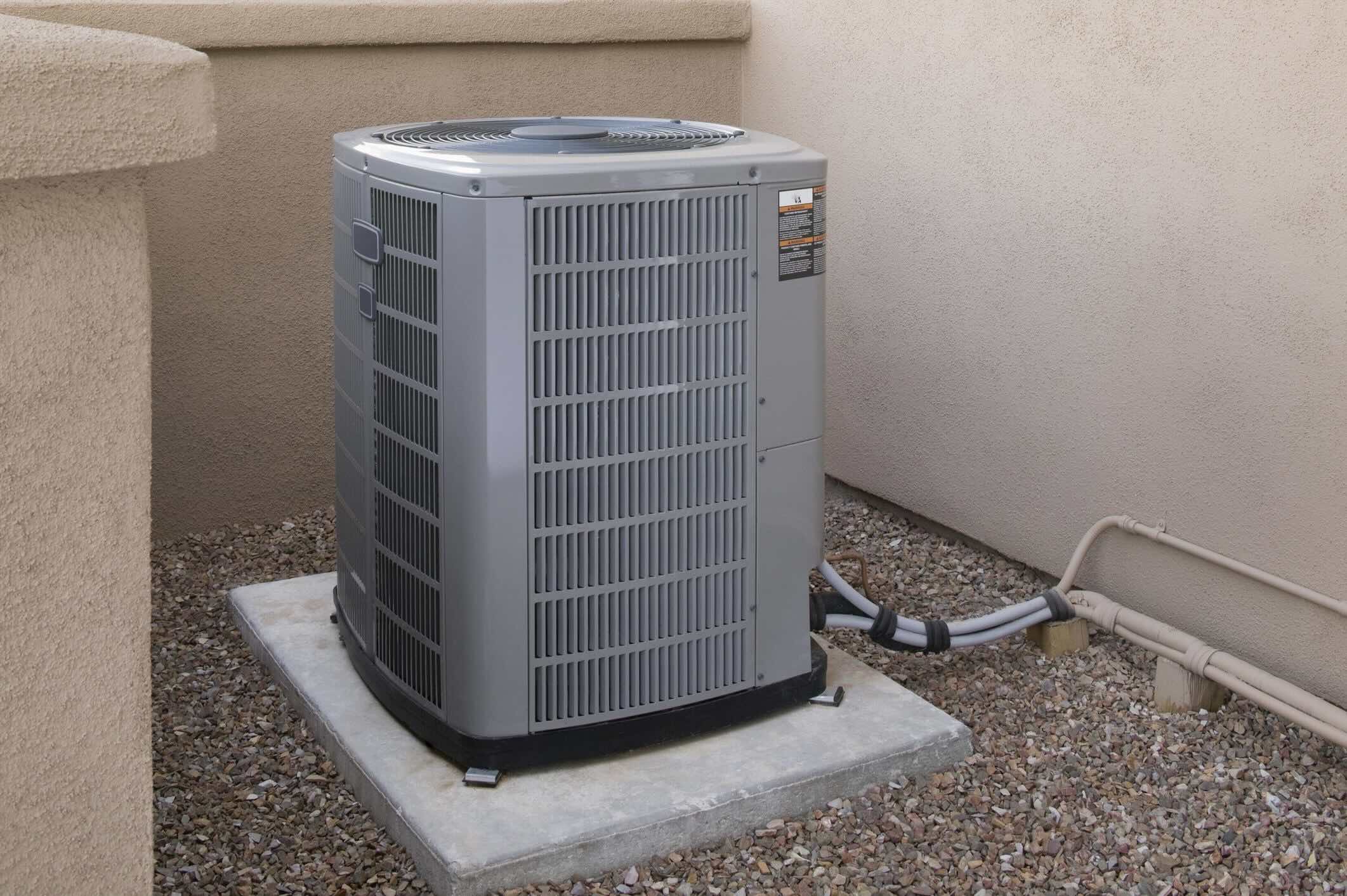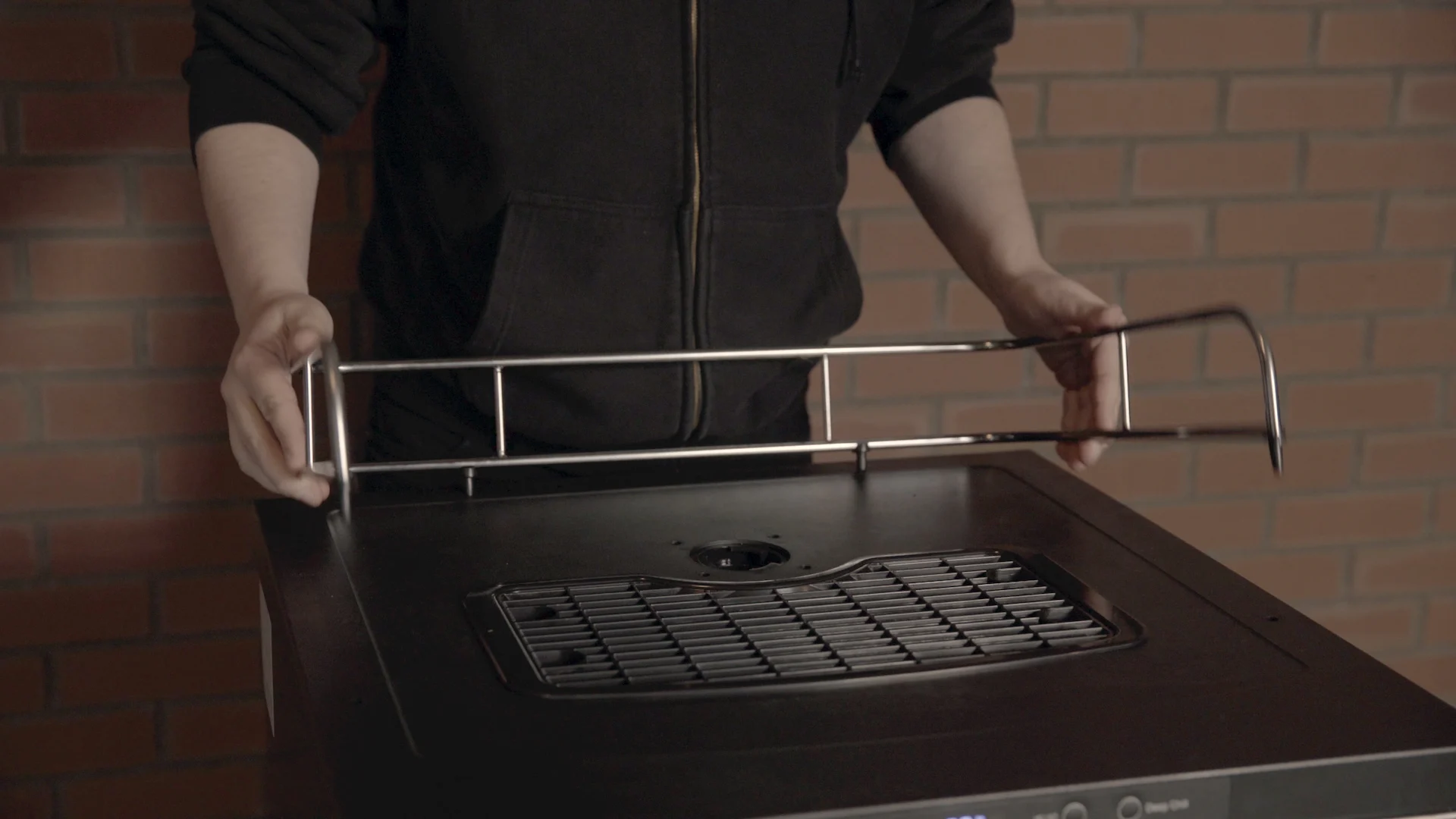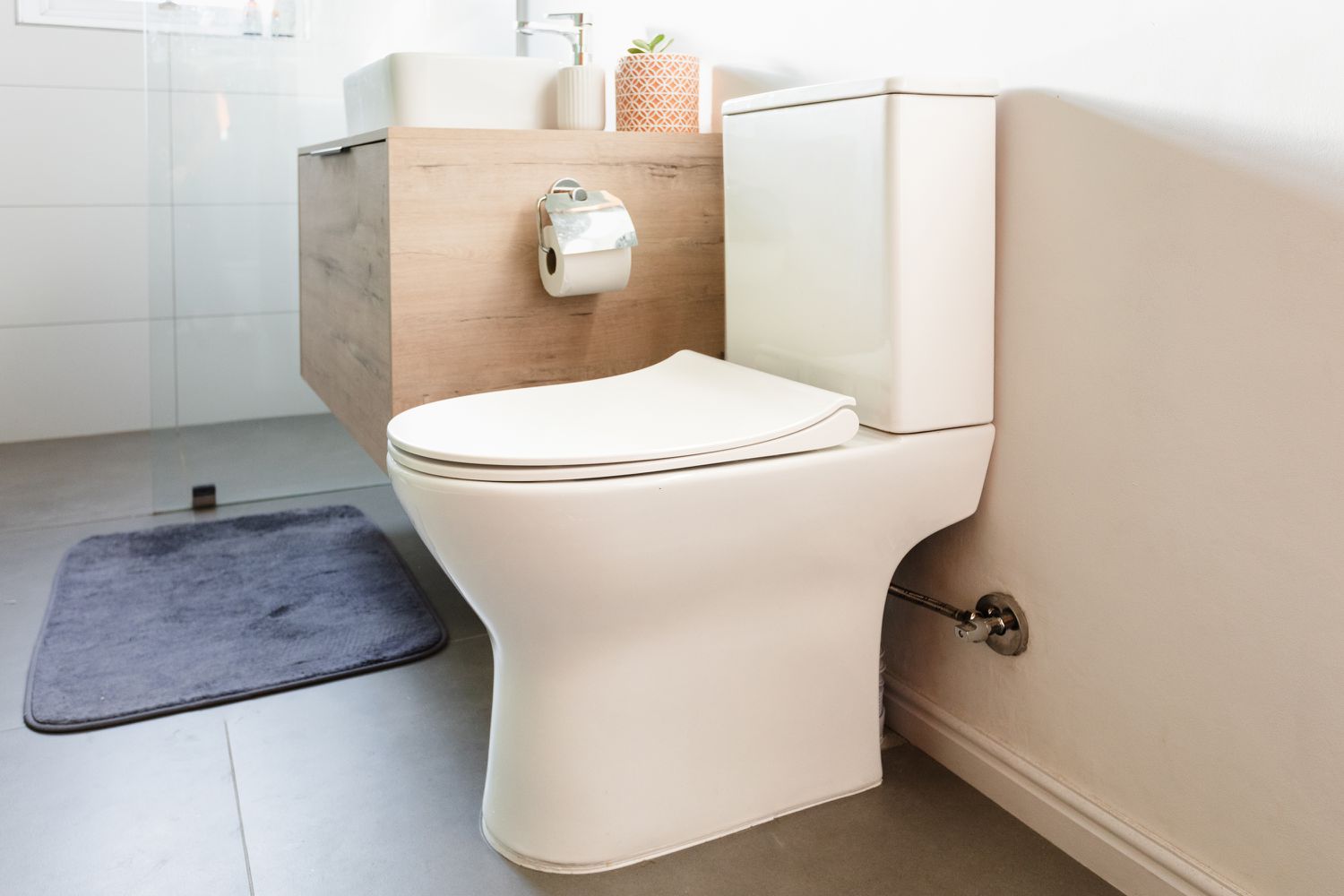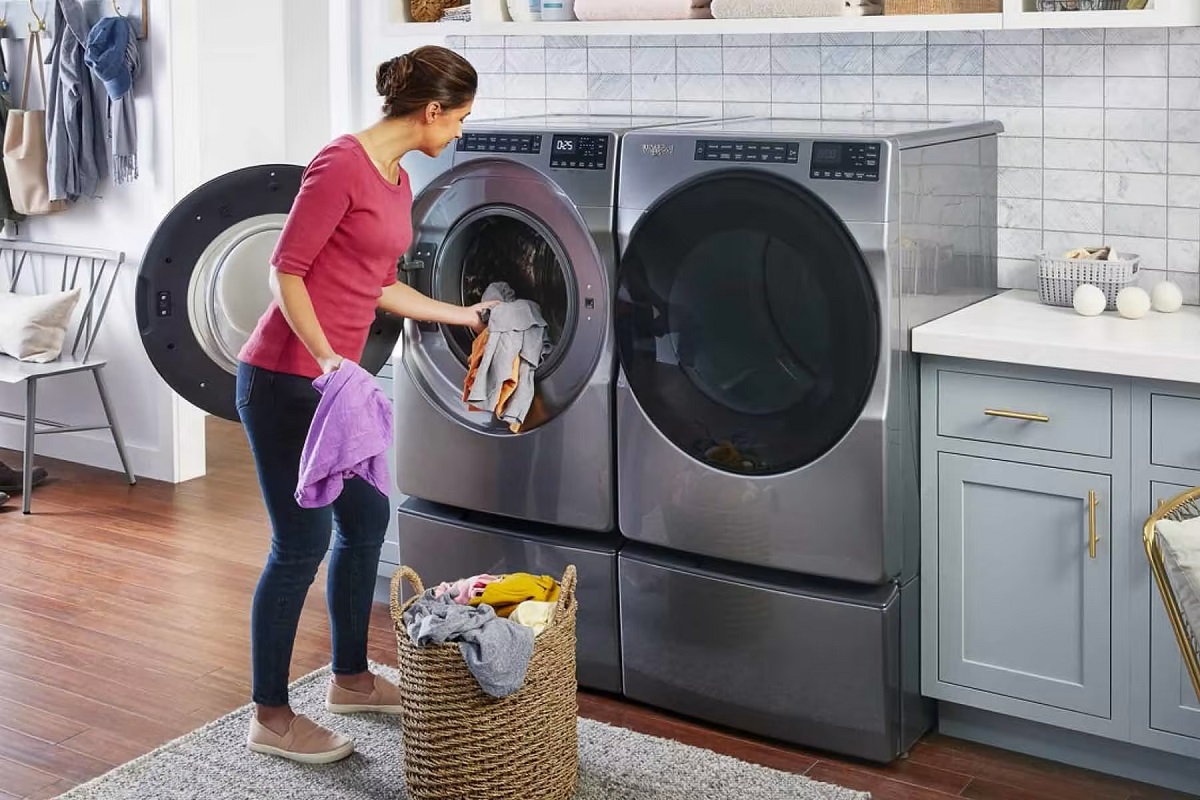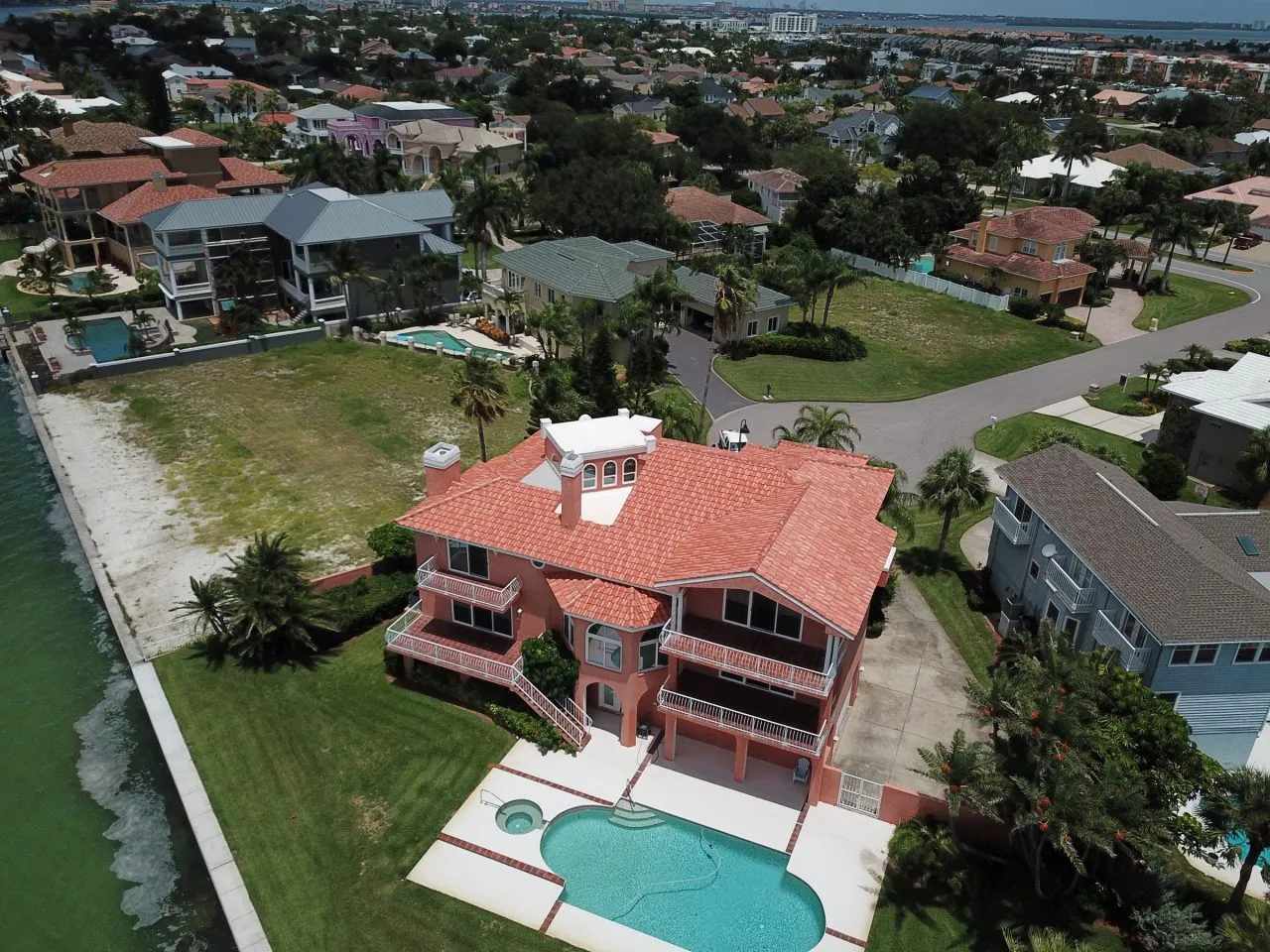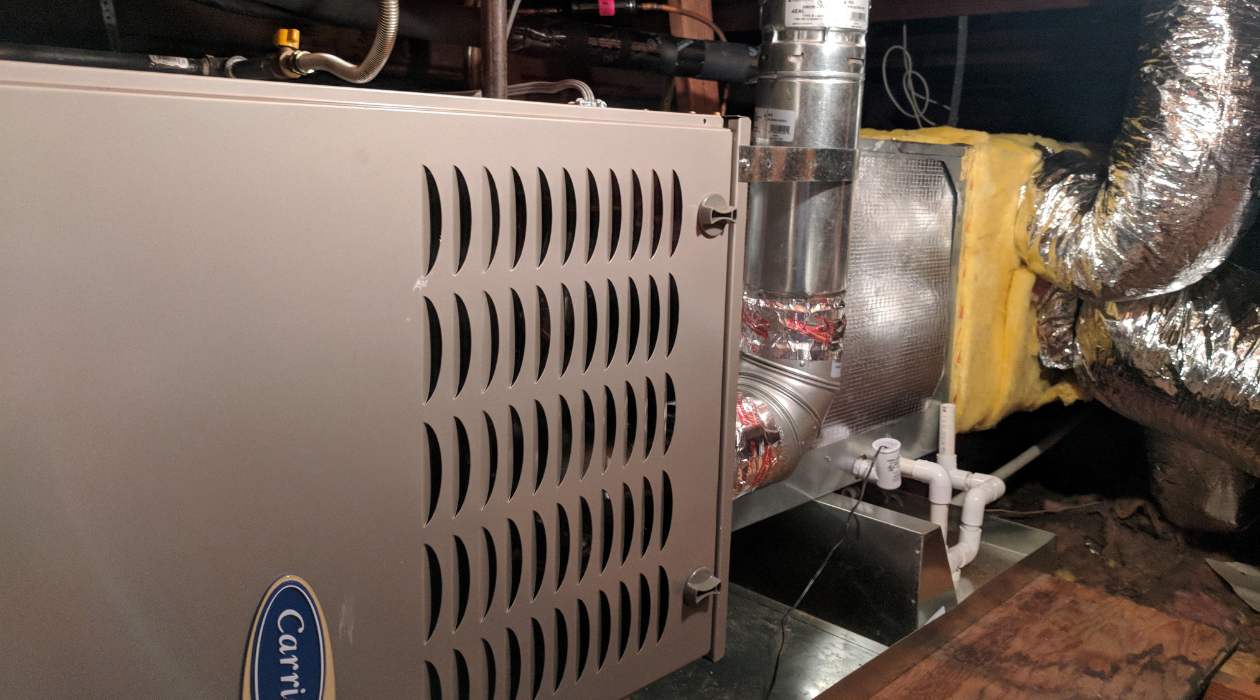Home>Home Maintenance>What Is The Cost Of A New Furnace And Air Conditioner
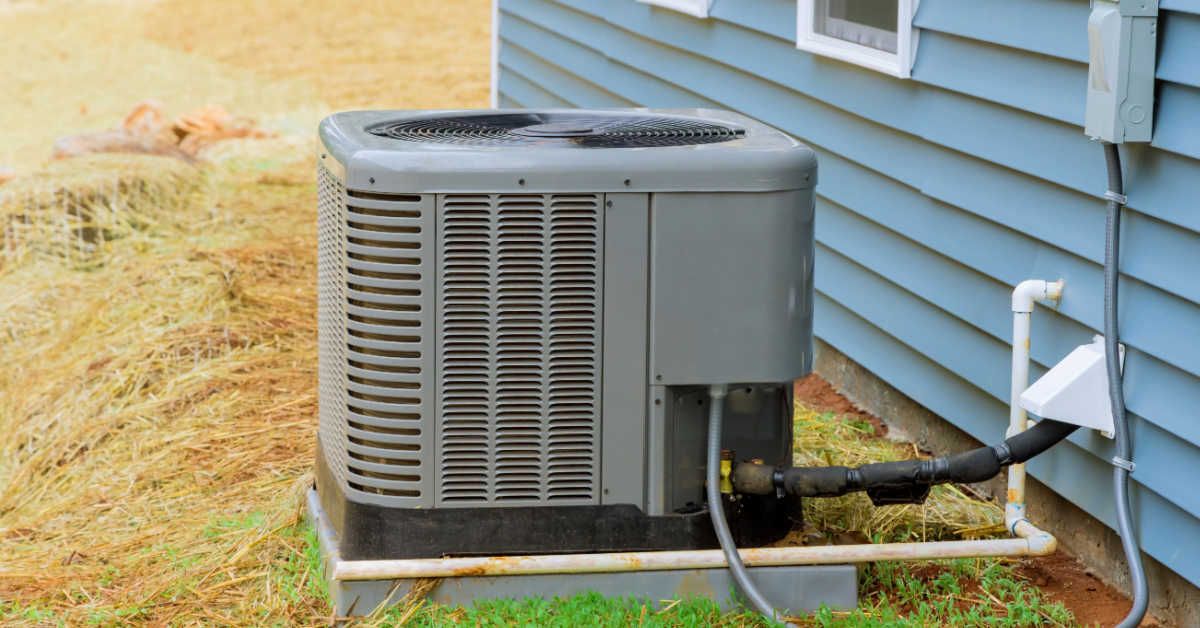

Home Maintenance
What Is The Cost Of A New Furnace And Air Conditioner
Modified: March 7, 2024
Find out the cost of a new furnace and air conditioner for your home maintenance needs. Get the best prices and expert installation services.
(Many of the links in this article redirect to a specific reviewed product. Your purchase of these products through affiliate links helps to generate commission for Storables.com, at no extra cost. Learn more)
Introduction
Welcome to our comprehensive guide to understanding the cost of a new furnace and air conditioner. As a homeowner, it is essential to have a functional HVAC system that can provide comfort throughout the year. However, if your current furnace or air conditioner is old, inefficient, or constantly in need of repairs, it might be time for an upgrade. While investing in a new HVAC system can seem daunting, understanding the factors that influence the cost can help you make an informed decision that fits your budget and meets your home’s unique requirements.
Several factors contribute to the cost of a new furnace and air conditioner. These factors include the type and size of the unit, energy efficiency ratings, installation costs, and any additional features or accessories you may choose to include. It is important to consider all of these variables when determining the overall expense of upgrading your HVAC system.
Throughout this guide, we will delve into each of these factors in detail, providing you with valuable insights to help you navigate the cost of a new furnace and air conditioner. Whether you are looking to replace your existing system or install one for the first time, this article will serve as your comprehensive resource for understanding the financial aspects involved.
It is worth noting that the costs mentioned in this article are based on national averages and can vary depending on your location, the complexity of the installation, and the specific requirements of your home. Always consult with a reputable HVAC professional to get an accurate estimate for your unique situation.
Now that we have set the groundwork, let’s explore the factors that can influence the cost of a new furnace and air conditioner.
Key Takeaways:
- Upgrading to a new furnace and air conditioner can improve home comfort, save energy, and reduce maintenance costs, providing long-term benefits for homeowners.
- The cost of a new HVAC system varies based on factors like unit type, size, energy efficiency, and installation complexity, so consulting with a professional is essential for accurate estimates.
Read more: How Much Does A New Furnace And AC Cost
Factors Influencing the Cost of a New Furnace and Air Conditioner
When it comes to assessing the cost of a new furnace and air conditioner, several factors come into play. Understanding these factors will help you determine the overall expense and make an informed decision. Let’s take a closer look at the key factors that can influence the cost:
- Type of Unit: The type of furnace and air conditioner you choose will have a significant impact on the cost. There are various options available, such as gas, electric, oil, or hybrid furnaces, and central or ductless air conditioners. Each type comes with its own benefits and price range.
- Size of Unit: The size of the furnace and air conditioner you need depends on the square footage of your home. An HVAC professional will perform a load calculation to determine the appropriate size. Units that are too small may struggle to heat or cool your home efficiently, while oversized units can lead to wasted energy and higher costs.
- Energy Efficiency Ratings: Energy efficiency is a crucial consideration not only for environmental reasons but also for long-term cost savings. Higher efficiency units will generally have a higher upfront cost but can significantly reduce your energy bills over time. Look for units with high Seasonal Energy Efficiency Ratio (SEER) ratings for air conditioners and Annual Fuel Utilization Efficiency (AFUE) ratings for furnaces.
- Installation Complexity: The complexity of the installation can affect the cost. Factors such as the layout of your home, existing ductwork, and any modifications required can impact the installation process and may require additional labor and materials.
- Additional Features and Accessories: Certain features and accessories can enhance the performance and convenience of your HVAC system but may come at an additional cost. Features like programmable thermostats, zoning systems, air purifiers, and humidifiers can improve comfort and indoor air quality, but they will add to the overall price.
By considering these factors, you can get a clearer picture of the cost of a new furnace and air conditioner. However, it’s important to note that prices can vary based on location, market conditions, and the specific requirements of your home. Consulting with a reputable HVAC professional will ensure you receive an accurate estimate tailored to your unique situation.
Now that we have discussed the factors influencing the cost, let’s move on to explore the average cost range for furnaces and air conditioners.
Average Cost Range for Furnaces
The cost of a new furnace can vary based on several factors, including the type of unit, size, energy efficiency ratings, and installation complexity. On average, homeowners can expect to pay between $2,500 and $7,500 for a new furnace installation.
Here is a breakdown of the average cost range for different types of furnaces:
- Gas Furnaces: Gas furnaces are a popular choice due to their efficiency and affordability. On average, a gas furnace installation can cost between $2,500 and $7,500. The cost depends on factors such as the furnace’s size, efficiency rating, and any additional features.
- Electric Furnaces: Electric furnaces tend to have a lower upfront cost compared to gas furnaces. The average cost range for an electric furnace installation is between $1,500 and $6,000. However, it is worth noting that operating costs for electric furnaces can be higher than gas furnaces in regions with expensive electricity rates.
- Oil Furnaces: Oil furnaces are less common but are still used in certain areas. The average cost range for an oil furnace installation is between $4,000 and $10,000. Oil furnaces require an oil storage tank, which adds to the installation complexity and overall cost.
- Hybrid Furnaces: Hybrid furnaces combine the benefits of gas and electric heating systems. They can switch between using gas and electricity based on the most cost-effective option. The average cost range for a hybrid furnace installation is between $3,000 and $8,000.
Remember that these cost ranges are estimates and can vary based on factors such as location, market conditions, and the specific requirements of your home. Additionally, the cost does not include any additional features or accessories that you may choose to add to your furnace installation.
It is essential to consult with a professional HVAC contractor to assess your specific needs and provide an accurate estimate for your furnace installation. They will consider factors such as the size of your home, insulation, existing ductwork, and your heating needs to determine the most suitable furnace and provide an accurate cost estimate.
Now that we have covered the average cost range for furnaces, let’s move on to explore the average cost range for air conditioners.
Average Cost Range for Air Conditioners
When it comes to installing a new air conditioner, several factors influence the cost, including the type of unit, size, energy efficiency ratings, and installation complexity. On average, homeowners can expect to pay between $3,000 and $7,500 for a new air conditioner installation.
Here is a breakdown of the average cost range for different types of air conditioners:
- Central Air Conditioners: Central air conditioners are the most common type and are typically integrated with a forced-air heating system. The average cost range for the installation of a central air conditioner is between $3,000 and $7,500. The final cost will depend on factors such as the unit’s size, energy efficiency rating, and any additional features.
- Window Air Conditioners: Window air conditioners are a more affordable option suitable for cooling individual rooms. The average cost range for a window air conditioner is between $150 and $800. However, it is worth noting that window units are not as efficient as central air conditioners and may not be suitable for cooling larger areas or multiple rooms.
- Ductless Mini-Split Air Conditioners: Ductless mini-split air conditioners offer flexibility and zoning options, as they do not require ductwork. The average cost range for a ductless mini-split installation is between $2,000 and $5,000 per indoor unit. The total cost will depend on the number of indoor units required and the complexity of the installation.
- Heat Pumps: Heat pumps provide both cooling and heating capabilities, making them a versatile option. The average cost range for a heat pump installation is between $3,000 and $8,000. The final cost will depend on factors such as the unit’s size, energy efficiency rating, and any additional features.
As with furnaces, it is important to consult with a professional HVAC contractor to assess your specific cooling needs and provide an accurate estimate for your air conditioner installation. They will consider factors such as the size of your home, insulation, existing ductwork (if applicable), and your cooling requirements to determine the most suitable air conditioner and provide an accurate cost estimate.
Keep in mind that these cost ranges are estimates and can vary based on factors such as location, market conditions, and the specific requirements of your home. Additionally, the cost does not include any additional features or accessories that you may choose to add to your air conditioner installation.
Now that we have covered the average cost range for air conditioners, let’s move on to explore additional costs to consider when investing in a new furnace and air conditioner.
When considering the cost of a new furnace and air conditioner, it’s important to factor in not only the initial purchase price, but also the long-term energy efficiency and potential savings on utility bills. Look for units with high Energy Star ratings to maximize efficiency and minimize long-term costs.
Additional Costs to Consider
When planning to invest in a new furnace and air conditioner, it is important to consider additional costs beyond the initial purchase and installation. These costs can vary depending on your specific needs and the condition of your home. Here are some common additional costs you should factor into your budget:
- Ductwork Modifications: If your home already has existing ductwork, it may need modifications or repairs to accommodate the new system. This can include sealing leaks, adding additional ducts, or resizing existing ducts. The cost for ductwork modifications can range from $500 to $2,000 or more, depending on the extent of the work needed.
- Thermostat Installation: Upgrading your thermostat to a programmable or smart thermostat can enhance energy efficiency and add convenience. The cost of a thermostat installation typically ranges from $100 to $300, depending on the type and features of the thermostat you choose.
- Permitting and Inspection Fees: Local building codes may require permits and inspections for HVAC installations. The cost of permits and inspections can vary depending on your location and the complexity of the installation. Typically, these fees range from $100 to $500.
- Maintenance and Tune-ups: Regular maintenance and tune-ups are essential to keep your furnace and air conditioner operating efficiently and prolong their lifespan. Maintenance plans can cost around $100 to $200 per year, depending on the services included.
- Extended Warranties: While new HVAC systems often come with a manufacturer’s warranty, you may opt to purchase an extended warranty for added peace of mind. Extended warranties typically range from $100 to $500, depending on the coverage and duration.
It is important to consider these additional costs when budgeting for your new furnace and air conditioner. They can add up but are essential for maintaining the performance and longevity of your HVAC system.
Additionally, it is worth noting that ongoing energy costs should be factored into your budget. Higher efficiency units may have a higher upfront cost but can save you money on energy bills in the long run. Consulting with an HVAC professional will help you understand the potential energy savings with different system options.
Now that we have discussed the additional costs to consider, let’s explore the factors that can affect the installation cost of a new furnace and air conditioner.
Read more: What Costs More: Space Heater Or Furnace?
Factors Affecting Installation Cost
The installation cost of a new furnace and air conditioner can vary based on several factors. Understanding these factors will help you determine the overall expense and budget accordingly. Here are the key factors that can affect the installation cost:
- Home Size and Layout: The size and layout of your home can impact the complexity of the installation process. Larger homes with multiple floors or unique architectural features may require additional equipment and labor, thus increasing the installation cost.
- Existing Ductwork: If your home already has existing ductwork, the condition and compatibility of the system can affect the installation cost. Ductwork that is in good condition and compatible with the new system may require minimal modifications, whereas worn-out or incompatible ductwork may need repairs or replacement, adding to the overall cost.
- Insulation and Air Sealing: The insulation and air sealing of your home play a vital role in the efficiency of your HVAC system. If your home lacks proper insulation or has air leaks, it may be necessary to improve insulation or seal air leaks during the installation process. This can increase the installation cost but will contribute to energy savings and overall comfort in the long run.
- Zoning Requirements: Zoning allows you to divide your home into different temperature zones, providing more control over comfort and energy usage. If you opt for a zoning system, additional equipment and labor will be required, resulting in a higher installation cost.
- Permitting and Code Compliance: Local building codes often require permits for HVAC installations. The cost of obtaining permits and ensuring code compliance will vary depending on your location. Additionally, any necessary inspections can add to the installation cost.
- Accessibility and Obstacles: The accessibility of your home and the presence of any obstacles can affect the installation cost. Difficult-to-reach areas, limited space for equipment, or obstacles such as trees or landscaping may require additional labor or equipment, increasing the overall cost.
Considering these factors will help you understand why installation costs can vary from home to home. It is important to consult with a professional HVAC contractor who can assess your specific situation, evaluate these factors, and provide you with an accurate estimate for the installation of your new furnace and air conditioner.
Now that we have covered the factors that can affect the installation cost, let’s move on to explore the benefits of investing in a new furnace and air conditioner.
Benefits of Investing in a New Furnace and Air Conditioner
Investing in a new furnace and air conditioner offers several benefits that go beyond simply replacing outdated or inefficient equipment. Here are some key advantages of upgrading your HVAC system:
- Improved Energy Efficiency: Newer furnaces and air conditioners are designed with advanced technology and higher energy efficiency ratings. Upgrading to a more efficient system can lead to significant energy savings, reducing your monthly utility bills and making your home more environmentally friendly.
- Enhanced Comfort: New HVAC systems offer improved temperature control and airflow, providing better comfort throughout your home. The advanced features and technologies, such as variable-speed motors and zoning options, allow you to customize your indoor climate to meet your preferences and needs.
- Consistent Heating and Cooling: Older furnace and air conditioner units may struggle to maintain consistent temperatures, resulting in hot or cold spots in your home. By investing in a new system, you can ensure even and consistent heating and cooling, eliminating any discomfort caused by temperature imbalances.
- Better Indoor Air Quality: Upgrading your HVAC system can also improve indoor air quality. Newer models often come equipped with advanced filters and air purification systems that can remove allergens, dust, and other pollutants from your home. This can lead to a cleaner and healthier indoor environment for you and your family.
- Reduced Repair and Maintenance Costs: Older HVAC systems may require frequent repairs and maintenance to keep them operational. By installing a new furnace and air conditioner, you can enjoy the peace of mind that comes with a manufacturer’s warranty and less frequent repair needs. Additionally, newer systems often have advanced diagnostic capabilities, making maintenance more efficient and cost-effective.
- Increase in Property Value: Upgrading your HVAC system is a valuable investment in your home. A new furnace and air conditioner can increase the overall value of your property, making it more attractive to potential buyers if you decide to sell in the future.
By investing in a new furnace and air conditioner, you not only improve the comfort and quality of your home environment, but you can also enjoy long-term savings, increased property value, and peace of mind knowing that you have reliable and efficient equipment.
Ultimately, the benefits of investing in a new HVAC system far outweigh the initial costs. Consult with a professional HVAC contractor to explore your options and find the best system that suits your needs and budget.
Now that we have discussed the benefits of upgrading, let’s conclude our comprehensive guide to the cost of a new furnace and air conditioner.
Conclusion
Investing in a new furnace and air conditioner is a significant decision that can have a lasting impact on your home’s comfort, energy efficiency, and overall value. Throughout this guide, we have explored the various factors that influence the cost of a new HVAC system, including the type and size of the unit, energy efficiency ratings, installation complexity, and additional costs to consider.
When considering a new furnace and air conditioner, it is essential to consult with a reputable HVAC professional who can assess your specific needs, evaluate your home’s requirements, and provide an accurate cost estimate tailored to your situation. They can help you select the right equipment, navigate the installation process, and ensure that your new system operates efficiently and reliably.
While there are upfront costs associated with installing a new furnace and air conditioner, the numerous benefits make it a worthwhile investment. With improved energy efficiency, enhanced comfort, better indoor air quality, and reduced maintenance costs, upgrading your HVAC system can provide long-term savings and contribute to a healthier and more enjoyable home environment.
Remember that the cost ranges discussed in this guide are based on national averages and can vary depending on your location, market conditions, and specific home requirements. It is important to obtain personalized estimates from HVAC professionals to get an accurate understanding of the cost for your unique circumstances.
We hope that this comprehensive guide has provided valuable insights into the cost of a new furnace and air conditioner, empowering you to make informed decisions and create a comfortable and energy-efficient home that meets your needs and budget.
Thank you for reading!
Frequently Asked Questions about What Is The Cost Of A New Furnace And Air Conditioner
Was this page helpful?
At Storables.com, we guarantee accurate and reliable information. Our content, validated by Expert Board Contributors, is crafted following stringent Editorial Policies. We're committed to providing you with well-researched, expert-backed insights for all your informational needs.
